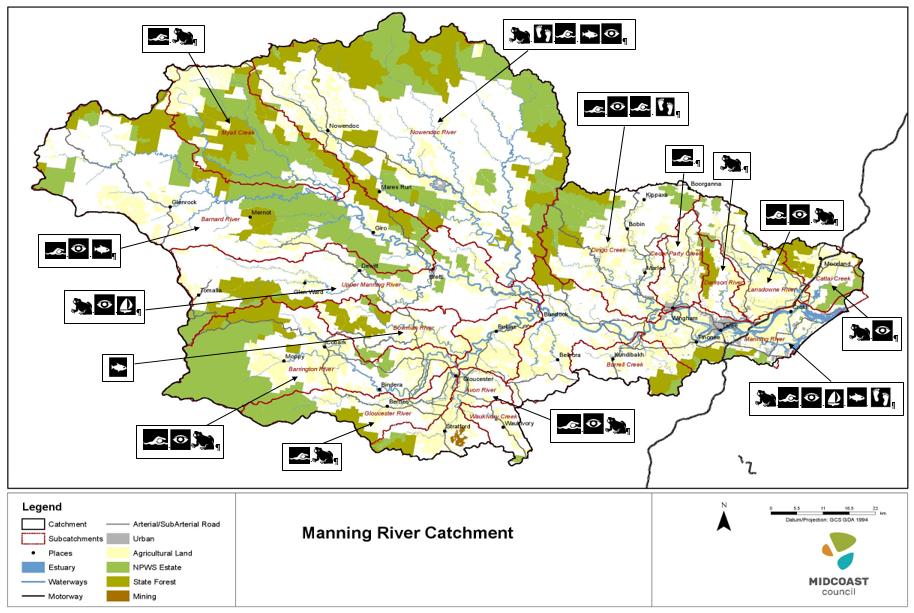Figure 22: Risk ratings for sediment and nutrient loading in drainage units
Annexures on exhibition: The spatial risk assessment and rapid assessment are available on MidCoast Council’s public exhibition web page at www.midcoast.nsw.gov.au/haveyoursay •
Annexure G: The Manning River ECMP Spatial Risk Assessment Report (Swanson 2020)
•
Annexure H: The Manning River ECMP Rapid Site Assessment Report (Swanson 2020)
“It’s cool to see there is a lot of research and data being collected. There’s opportunity to use scientific research and data to improve management.” Sam Nicholson – dairy farmer
Manning River ECMP Exhibition Draft V2 June 2021
Page 58






















